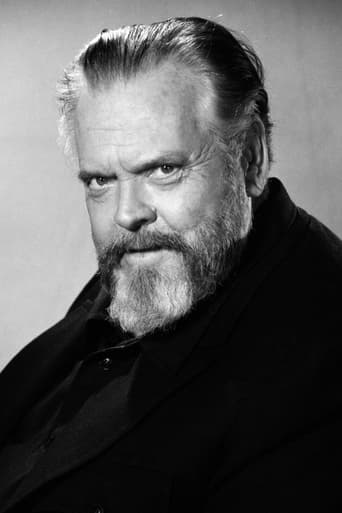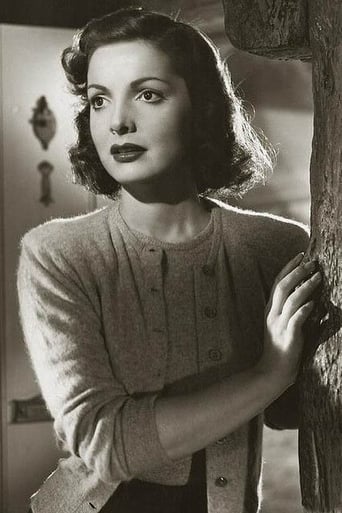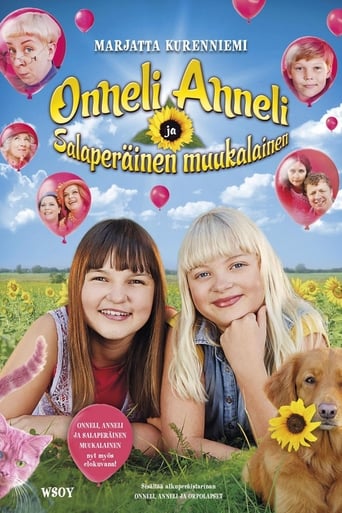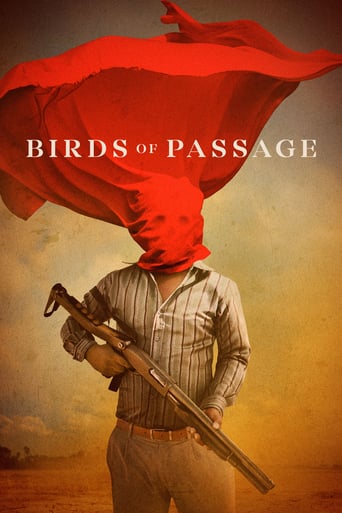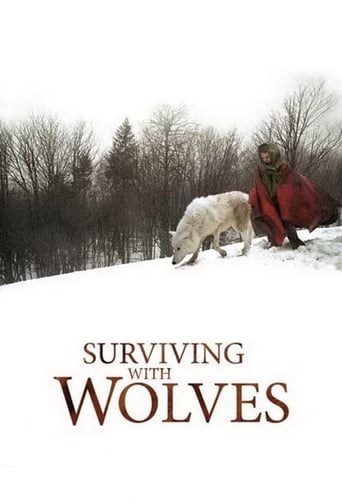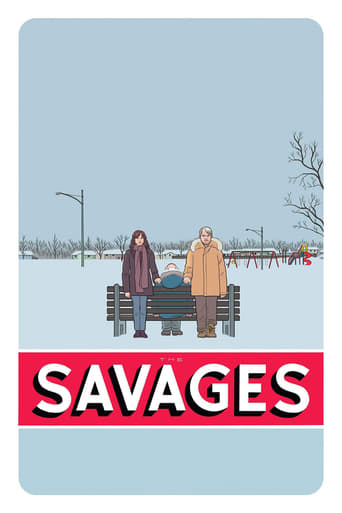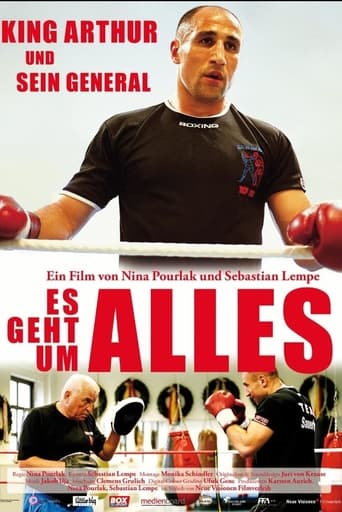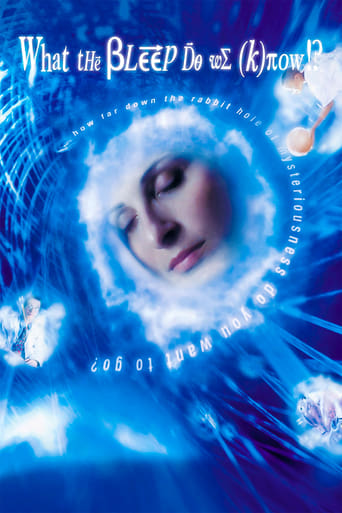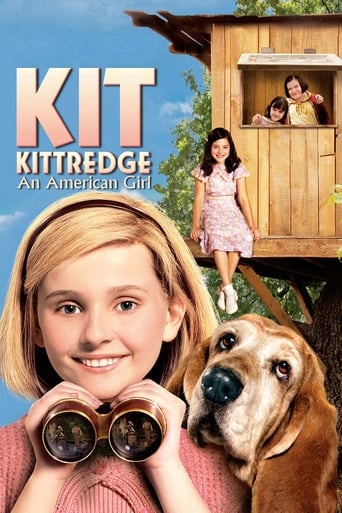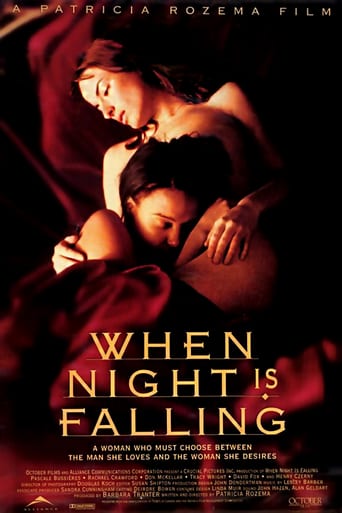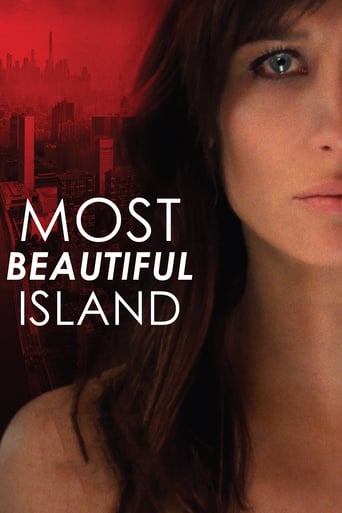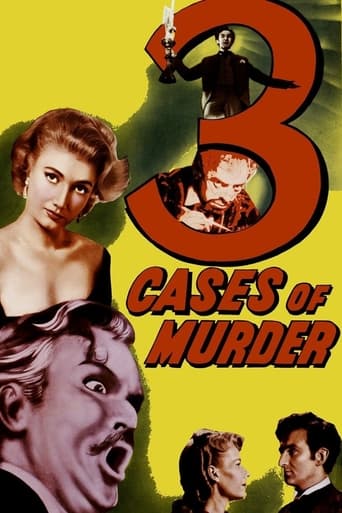
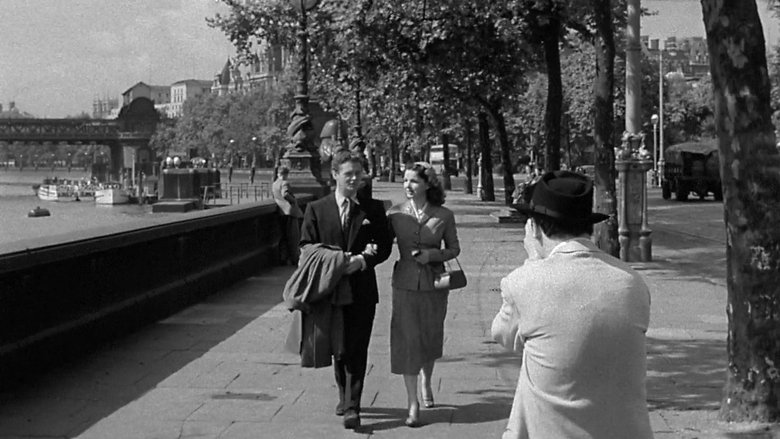
Three Cases of Murder (1955)
Three stories of murder and the supernatural: A museum worker is introduced to a world behind the pictures he sees every day. When two lifelong friends fall in love with the same woman and she is killed, they are obvious suspects. Is their friendship strong enough for them to alibi each other? When a young politician is hurt by the arrogant Secretary for Foreign Affairs Lord Mountdrago, he uses Mountdrago's dreams to get revenge.
Watch Trailer
Cast
Similar titles
Reviews
Good start, but then it gets ruined
The film makes a home in your brain and the only cure is to see it again.
There's no way I can possibly love it entirely but I just think its ridiculously bad, but enjoyable at the same time.
Actress is magnificent and exudes a hypnotic screen presence in this affecting drama.
This was a late entry at the tail-end of the portmanteau mini trend that peaked in the late forties/early fifties; coincidentally the trend was given a second wind by the four stories penned by Somerset Maugham and released as 'Quartet' in 1948 and here again the last of the three segments, Lord Mountdrago is another adaptation of a Maugham story and Orson Welles as the eponymous Mountdrago is the only reason to watch this. In a nice touch the three stories are introduced by Eamonn Andrews who could just as well have stood in for John Gregson in the second segment and chances are there was serious betting on the set as to which of the two was the most wooden. The first segment features arguably the most imagination and macabre content and concerns a painting in a museum that fascinates a member of staff to the extent that he actually enters into it and is unable to leave. Elizabeth Sellars, the closest thing to a real actor - if we discount Welles - in the whole thing, is wasted in the second segment and probably couldn't wait to get killed off. Wendy Toye had directed Alan Badel in his breakout role 'The Stranger Left No Card' a couple of years earlier and may have had something to do with his appearing in all three segments plus directing him in the first. Don't put off washing your hair to watch this one.
THREE CASES OF MURDER is a fun if little known British horror anthology, consisting of three stories all linked by murder and mysterious death. This is very much a cosy little production in which the horror and fantastic elements are played down, but it does share stylistic similarities with the likes of the Ealing classic DEAD OF NIGHT. It's much tamer than the later Amicus anthologies.As ever, the quality of the stories is mixed, with the first being the best. The main character is the curator of an art gallery who learns of the mysterious background of a particularly atmospheric painting of a spooky old house. He visits the house itself and the sinister occupiers, as well as the artist, only to learn of a terrifying secret. This story boasts strong acting and some great visuals and it's the highlight of the film - and the most supernatural.The second story is the weakest of the trio and also instantly forgettable. A couple of guys are accused of the murder of a girl, and each provides an alibi for the other. The characters are weak and unmemorable and nothing much happens. The third story is dominated by the presence of star Orson Welles who brings a ton of bluster and charisma to his role of the unpleasant House of Lords member who finds himself haunted by a rival in his dreams. It's essentially an extension of the whole Macbeth/Banquo angle yet Welles makes it his own and lifts the material considerably. The humour might be a bit too broad here but it's a nice way to end a fun and atmospheric little production.
Here's a project based on the notion of folded narrative.There are three stories, and it is marvelous how they complement each other.The project seems to have been built around the last story. It is by Somerset Maugham, adapted by the producer and starring Orson Welles. Orson was deep into his newly found soulmate and had just finished Mr. Arkadin, something special. The story is of a man, Orson's character, who makes an enemy. This enemy vows to destroy his spirit and begins to enter Orson's dreams. In "real life" he acknowledges having done so. This drives Orson mad, and to his death.Orson understood this notion of folded acting, where several layers of character as well as story are supported. We aren't at all sure what is dream, what is imagined and real. We are not sure who is the narrator: Orson, the enemy or some third observer. Orson supports all three. It is marvelous. We may never have another one with this depth.This final story is masterfully prepared by the two previous stories. The first is of mysteries in an art museum. Objects disappear, and a certain painting's frameglass breaks. The fold is that the most engaging painting in the building is the one whose glass breaks. It is painted by an unknown. We learn that this painter, now dead, occupies the house in the painting, with a couple others who were "assigned" to the painting. The house contains the art objects stolen from the museum. The story concerns the constraints of the folded medium, and how difficult it is to keep painting the painting once you are in it.The second story is a more ordinary fold: the framing of a friend for a murder, convincing that friend that he is guilty. The narrator, as we discover, is untrusted and has lied to us as well. This sets up our man Orson, whose "Mr. Arkadin," just happens to have precisely these three folds. Ted's Evaluation -- 3 of 3: Worth watching.
I was first introduced to this film in a British Cinema class I took at the College of Santa Fe and it's haunted me ever since! Despite what the box claims, Orson Wells has a small part in the and of the film... but the real star is Alan Badel. The first segment, "In the Picture," deals with a museum attendant who's paintings have a real, and sinister, life of their own. The second segment, "You Killed Elizabeth," is not supernatural, and probably the film's dullest installment, but has some good character to it. The final segment, which shows Badel at his absolute evilest, "Lord Mountdrago," has Wells and Badel as political adversaries, and Wells' murderous dreams become real. Of all the small obscure murder mystery / horror gems to go unnoticed from Britain this is certainly the one I wish would receive more attention. It is chilling (my favorite segment remains "In the Picture"), well acted, and brilliantly scripted. Rent it if you find it at your video store! Watch it if it (miraculously) appears on television! Or simply go out and buy it (you won't regret it!). If you want to see the BEST horror anthology film ever, look no further than THREE CASES OF MURDER.
